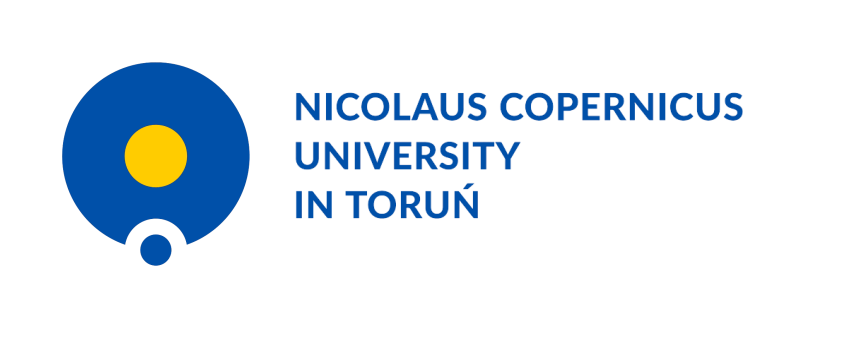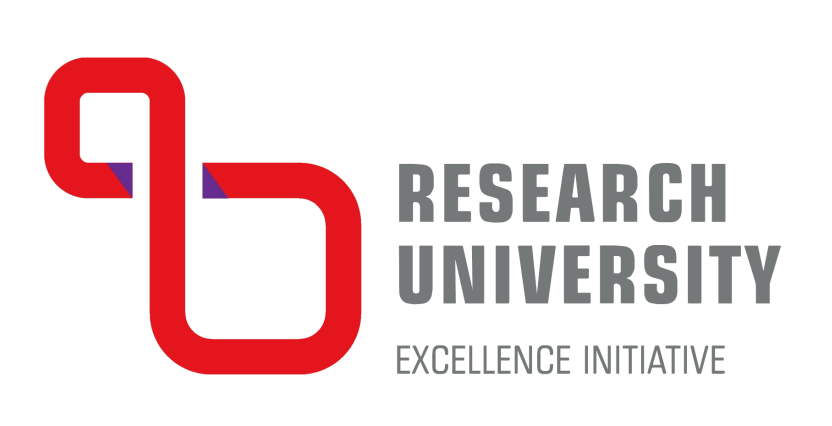Global Environmental Changes
Global Environmental Changes includes the areas: multidisciplinary earth sciences, geology and oceanography. Team leader: prof. dr hab. Wojciech Wysota. Secretary: dr Edyta Kalińska
The research activities of the Emerging Field “Global environmental changes” focus on the reconstruction and consequences of climate change in Central Europe and the Arctic. The research area brings together scientists from several disciplines, i.e. earth and environmental sciences, biological sciences and history. Two research groups selected in the competition for Priority Research Teams are engaged in the research activity.
- Climate Change Research
This group aims to continue and intensify research in the field of historical climatology which has been conducted for 20 years. Two geographical areas are of interest: 1) Poland and Central Europe and 2) the Arctic. The activities as part of the first research area will cover (a) climate reconstruction and extreme meteorological and hydrological events in the last millennium in Central Europe based on early-instrumental meteorological observations, historical sources, and dendrochronological data, (b) identifying the environmental and social consequences of the observed climate change, (c) determining the impact of certain climatic factors on past climatic conditions. The activities as part of the second area (the Arctic) will focus around: a) “rescuing” meteorological data from the early-instrumental period stored in archives and libraries, evaluating their quality and building computer databases and metadata, b) reconstructing the climate and bioclimate between the 18th-20th centuries and determining the scale of changes during that period, c) identifying the causes of the climate and bioclimate change in the Arctic in the last 200-300 years.
- CatFlood Research Team – Cataclysmic Glacial Megafloods
The research aims to identify the geomorphological and geological evidence of glacial floods which radically transformed the valley network of the lowland part of Europe at the end of the last glaciation. The subject of the research will include the forms of relief and their sediments, diagnostic for glacial megafloods, found in the Polish-Russian-Lithuanian cross-border zone. In addition to the effects on landscape formation, glacial megafloods (estimated water flows of about 2 million m3 per second) disturbed ocean water circulation and affected the dynamic climate change at the end of the last glaciation. These facts give global importance to the geomorphological and geological research. The results obtained will also enable supra-regional time and space correlation of changes in the range of the last ice sheet. The development of models showing the relations between landscape forms and the sediments that built them and the catastrophic geological processes associated with floods will be of notable significance. The group is also planning to conduct a comparative study of forms and sediments of glacial megafloods in central Asia, especially in the Upper Yenisey Valley.
Prof. dr hab. Wojciech Wysota – born in 1959 in Szadłowice near Inowrocław. He graduated with honours from the Faculty of Biology and Earth Sciences, Nicolaus Copernicus University in Toruń in 1982 and started working at the Institute of Geography, Nicolaus Copernicus University. He defended his doctoral thesis entitled “Morphogenesis of the central-eastern part of the Chełmińsko-Dobrzyński Lakeland in the light of research on sediments and forms of Vistulian glaciation” (under the supervision of Professor Władysław Niewiarowski) in 1992. He was awarded the degree of doctor habilitated in the field of geology – quaternary geology (he submitted a dissertation entitled “Stratigraphy and Sedimentation Environment of the Vistula Glaciation in the Southern Part of Lower Powiśle”) in 2003. He has been an associate professor at the Department of Geology and Hydrogeology of the Institute of Geography, Nicolaus Copernicus University since 2007.
Professor Wojciech Wysota’s research interests cover in particular the genesis of the post-glacial landscape of northern Poland, the history of glaciations in Poland, the chronology of the last Scandinavian glaciation and the dynamics of old and modern glaciers. He is the author of 189 publications, including original works in scientific journals, monographs and chapters in monographs, chapters in textbooks, and book editorials. He presented the results of his research at national and international conferences, and his works are quoted in many foreign journals on quaternary geology and geomorphology. He has received several individual awards and distinctions for his achievements in scientific and research work from the Rector of the Nicolaus Copernicus University. He received the Diploma of the Association of Polish Geomorphologists in 1993 for the best doctoral thesis on geomorphology in 1992.
He is a member of the Polish Geological Society, Association of Polish Geomorphologists, Scientific Society in Toruń and International Association of Sedimentologists. He was elected a member of the Research Committee of the Quartet of the Polish Academy of Sciences in 2011. He has been an active member of the INQUA Peribaltic Group – the International Union for Quaternary Research for several years. He has been conducting international scientific collaboration with universities in Aarhus, Copenhagen, Sheffield, Berlin, Lund, Riga, Tartu and Vilnius.


 ul. Gagarina 7, 87-100 Toruń
ul. Gagarina 7, 87-100 Toruń